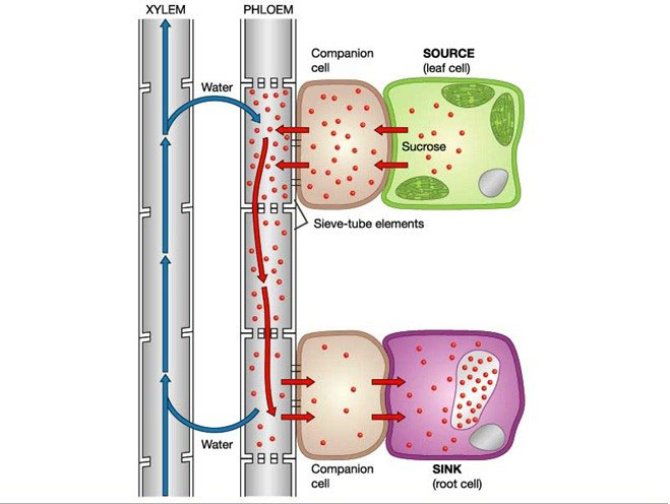
Project
Improving photosynthesis efficiency at lower temperatures
In the Netherlands different horticulture crops, such as tomato, cucumber and sweet peppers are mostly grown in heated greenhouses, and the energy used comprises 20% of the total production costs. Decreasing the greenhouse temperature by 2°C would save 16% of the energy consumed for the production of vegetables.
Heating the greenhouses is necessary in order to achieve high yields for the varieties that are currently available in the market. At lower temperatures key enzymes involved photosynthesis and sugar metabolism have a reduced activity and that leads to the accumulation of phosphorylated sugar in leaves (source organs). These sugars trigger feedback inhibition of photosynthesis and result in a limited/delayed fruit development.
Wild tomato accessions, in particular the ones naturally growing in cold and high altitude regions, are potential sources of enzymes with a higher activity at lower temperatures. Within this Towards Biosolar Project we are targeting enzymes involved in the reduction of sucrose accumulation in leaves in particular sucrose synthases (susy) and invertases (inv) (Figure 1), and characterizing the activities of different alleles from several tomato wild species.
